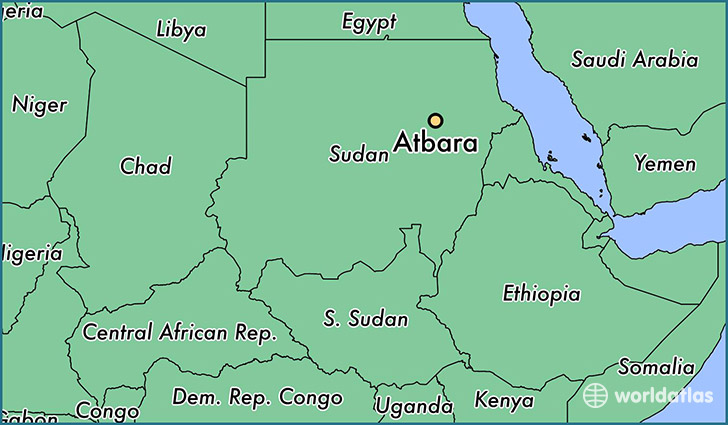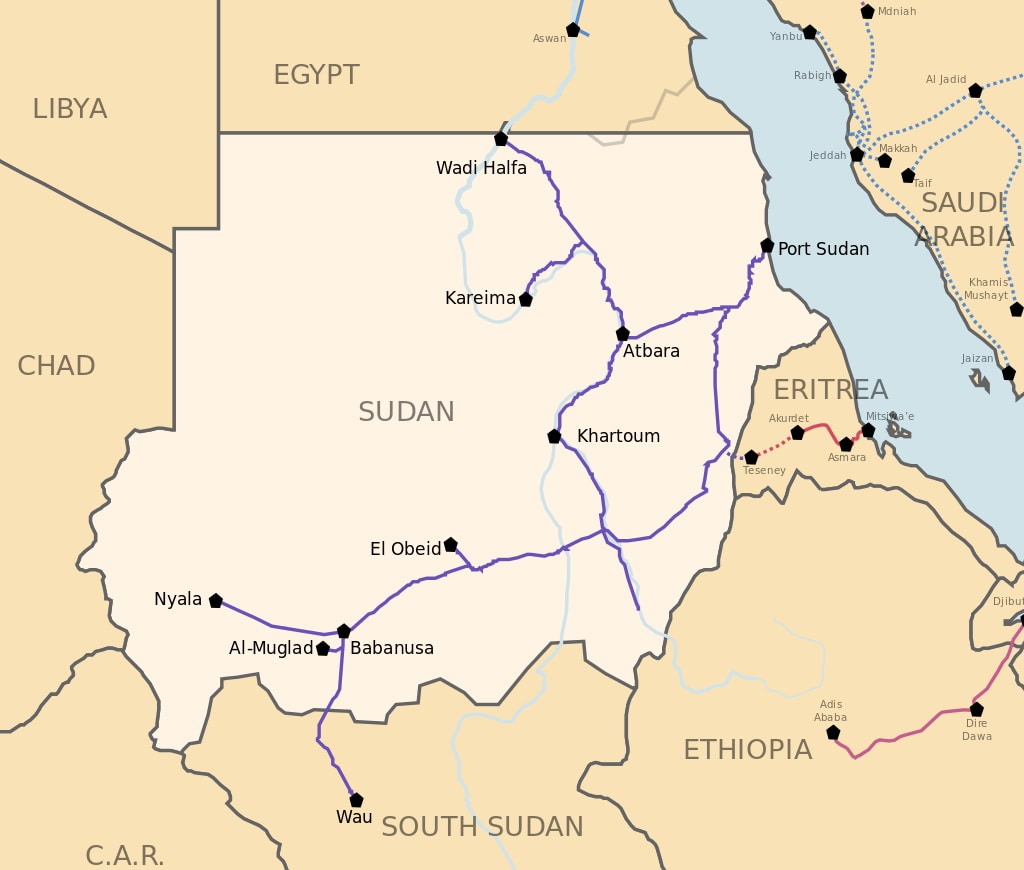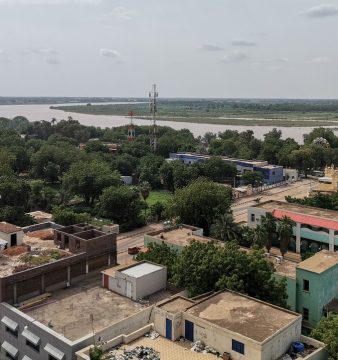Atbara: The Cradle of the Sudan Uprising

It all began on 19 December 2018 in the eastern city of Atbara, the first city to take to the streets in protest of a hike in bread prices. Soon, they began to call for the downfall of Sudanese President Omar Al Bashir and his regime, the National Congress Party (NCP). Protesters burned down the NCP building in Atbara as a sign of protest.
When news first broke out of protests in Atbara, protests spread like wildfire in cities across the country and eventually to the capital city, Khartoum.
The numbers of peaceful demonstrators in Atbara are increasing dramatically and the city is in full civil disobedience. #Sudan pic.twitter.com/cQyWRmgouH
— Sudan Change Now (@Sudanchangenow) 19 December 2018
Locals are reporting the spark for today’s anti-government protests in Atbara, Sudan came from high school students who demonstrated against a price hike in school meals. They are chanting in this video “the people want to bring down the regime”. pic.twitter.com/f2QBsdBEmQ
— Emad Mekay (@MekayEmad) 19 December 2018
In Sudanese urban mythology, Atbara is regarded as the ideal communist stronghold. Songs about the city describes it as “Atbara of the workers who broke the capitalists” pic.twitter.com/aZZJy7hWhh
— וכםב (@ahmadza249) 19 December 2018
It was no surprise to many locals for Atbara to be the first to protest as the city has always led the revolutions in Sudan that date back to the time of Sudan’s colonisation. In 1898 during the Second Sudan War, the Battle of Atbara took place where Anglo-Egyptian forces defeated 15,000 Sudanese Mahdist rebels. The battle is believed to be the turning point in the conquest of Sudan by a British and Egyptian coalition.
In the current ongoing Sudan uprising, at least 50 people have died. Two protesters from Atbara, students Tariq Ali and Mohamed Ahmed Abdeljalil, were killed after succumbing to gunshot wounds inflicted on them by NISS. The two are the first martyrs of the Sudan uprising.
Atbara is located in the River Nile State about 310 kilometres from Khartoum. It’s at the junction of the Atbara River and Nile River. The city has a population of 139,264, according to the latest statistics (2012).
Atbara is an important manufacturing centre and a connection point between the east and north of Sudan. Also known as the ‘Railway City’, Atbara was once the headquarters of the Sudanese National Railway Company.
Name origin
There are various stories and sayings on the origins of Atbara’s name. The most popular states that Atbara derived from the Arabic word ‘Tatbeer’ ‘تتبير’, which means destruction.
Atbara, the railway city

Atbara railways station. Image source: Wikipedia
Atbara’s modern-day history is deeply connected to the history of the railway system in Sudan as the city began to develop with the construction of the railway in the late 1890s during the Anglo-Egyptian Sudan. The first segment went from Wadi Halfa to Abu Hamad then leading to Atbara on the Nile. The railway was complete in April 1898.

Map of rail lines in Sudan. Image source: Wikipedia
In 1906, a railway was built between Atbara and Port Sudan. Atbara became an important link between north of Sudan and Khartoum, and also between Port Sudan and the east. In 1954, the railways were Sudanised. The late Muhammed Elfadli is believed to be the first Sudanese to be the manager of Sudan Railways. Atbara became an important railway junction, railroad manufacturing centre and thus, most employment in Atbara is in the railway industry. The first trade union in Sudan formed in 1946 among railroad workers in Atbara.
An industrial city
The city was not only the centre of the Sudanese railway industry but also agriculture such as the production of wheat and corn, and construction such as the manufacturing of cement.
As most employment in Atbara was related to the railways system, others were employed in the agriculture, especially after the formation of the Food Security Program.
In regards to the construction industry in Atbara, it was mainly cement manufacturing. The city is home to one of Sudan’s first and largest cement factories, the Atbara Cement Corporation, which was established in 1947. Now, there are more than three cement factories such as Al Salam – Atbara Cement Plant and Berber Cement Co.
Regardless of their contribution to the development of Atbara as well as Sudan as a whole, both industries struggled to prosper due to challenges with machine operations and failures.
Notable Sudanese personalities originating from Atbara:
- Muhammed Awad Edris: journalist
- Elrashid Elmahdi: photographer, filmmaker, owner of the first photography studio, and producer of the first Sudanese film, Dreams and Hopes, which came out in 1968
- Ameen Abdelmajid: manager of Sudan Islamic Bank and member of Sudan’s Democratic Unionist Party
- Dr Abdallah Ali Ibrahim: US-based critic and professor
- Dr Jamal Elden Elafndi: astronomer
 Yusra Jamal is an economics student based in Sudan that hopes to make in impact in the world and Sudan specifically. Travelling the world has been her dream.
Yusra Jamal is an economics student based in Sudan that hopes to make in impact in the world and Sudan specifically. Travelling the world has been her dream.
 Rawan Abazer is an architect-to-be based in Sudan, trying to put my fingerprints on the world by writing. ‘We put our passion towards traveling and exploring the world into writing,’ she says.
Rawan Abazer is an architect-to-be based in Sudan, trying to put my fingerprints on the world by writing. ‘We put our passion towards traveling and exploring the world into writing,’ she says.




